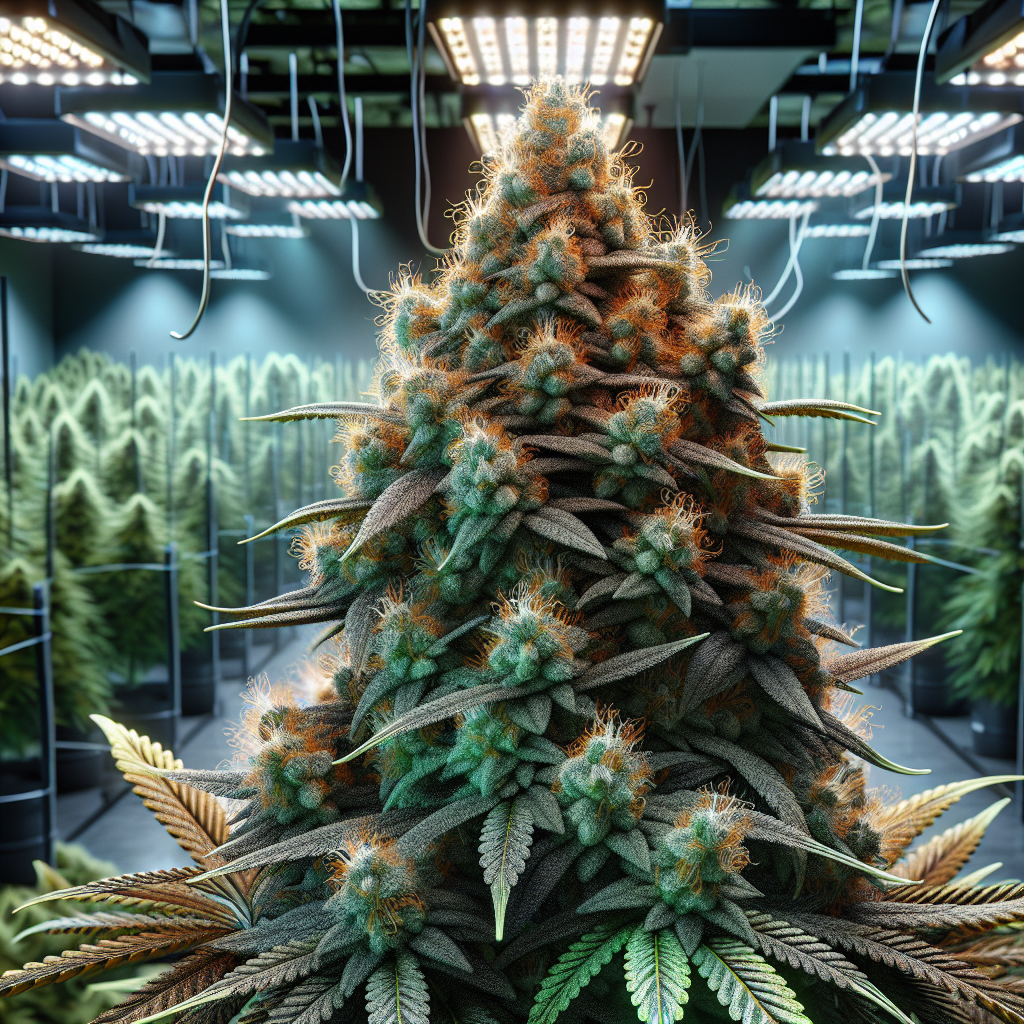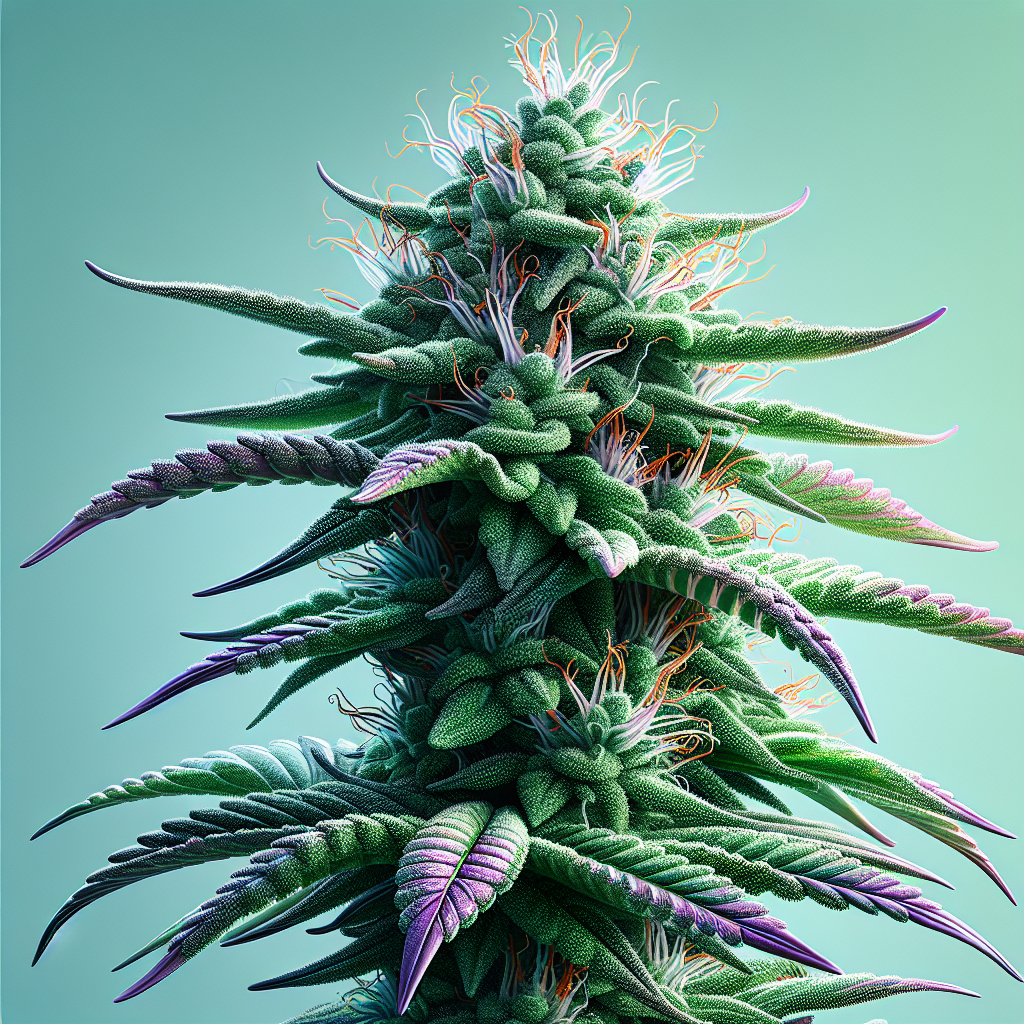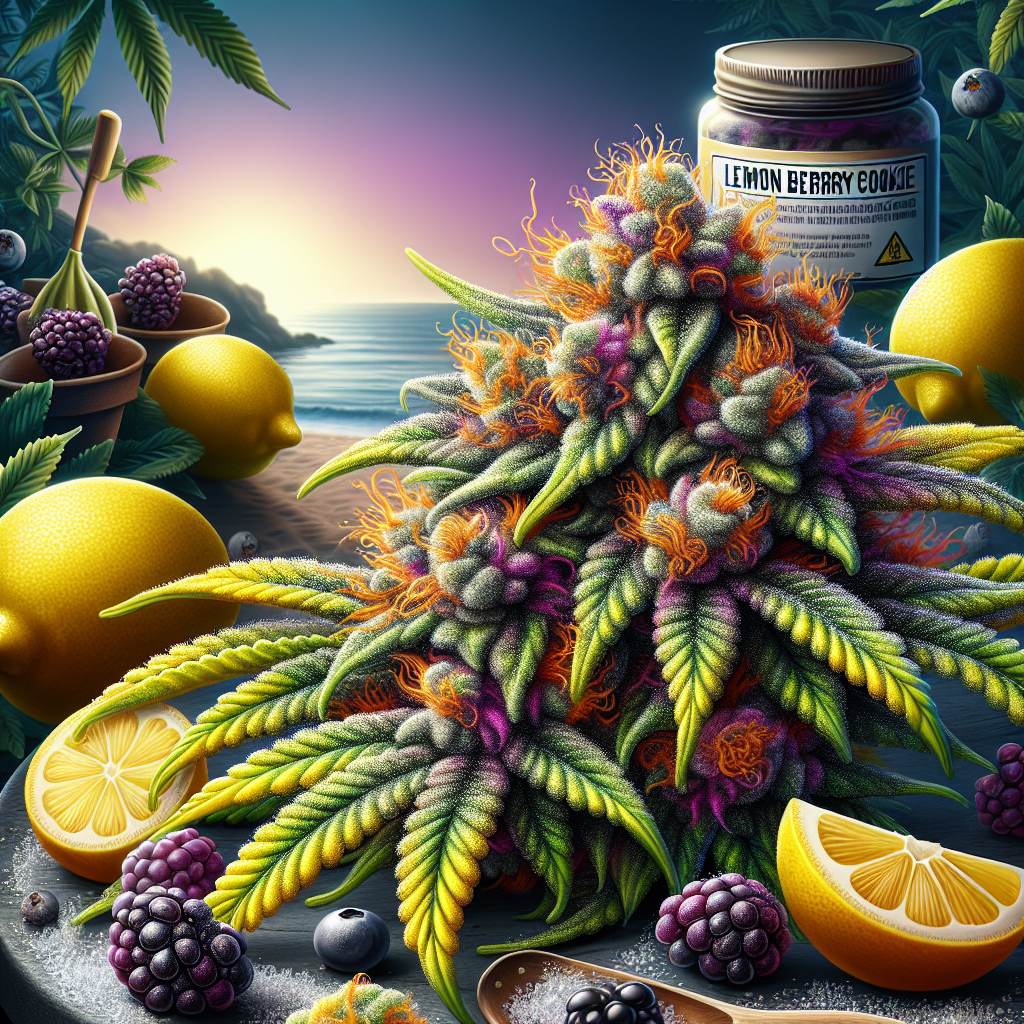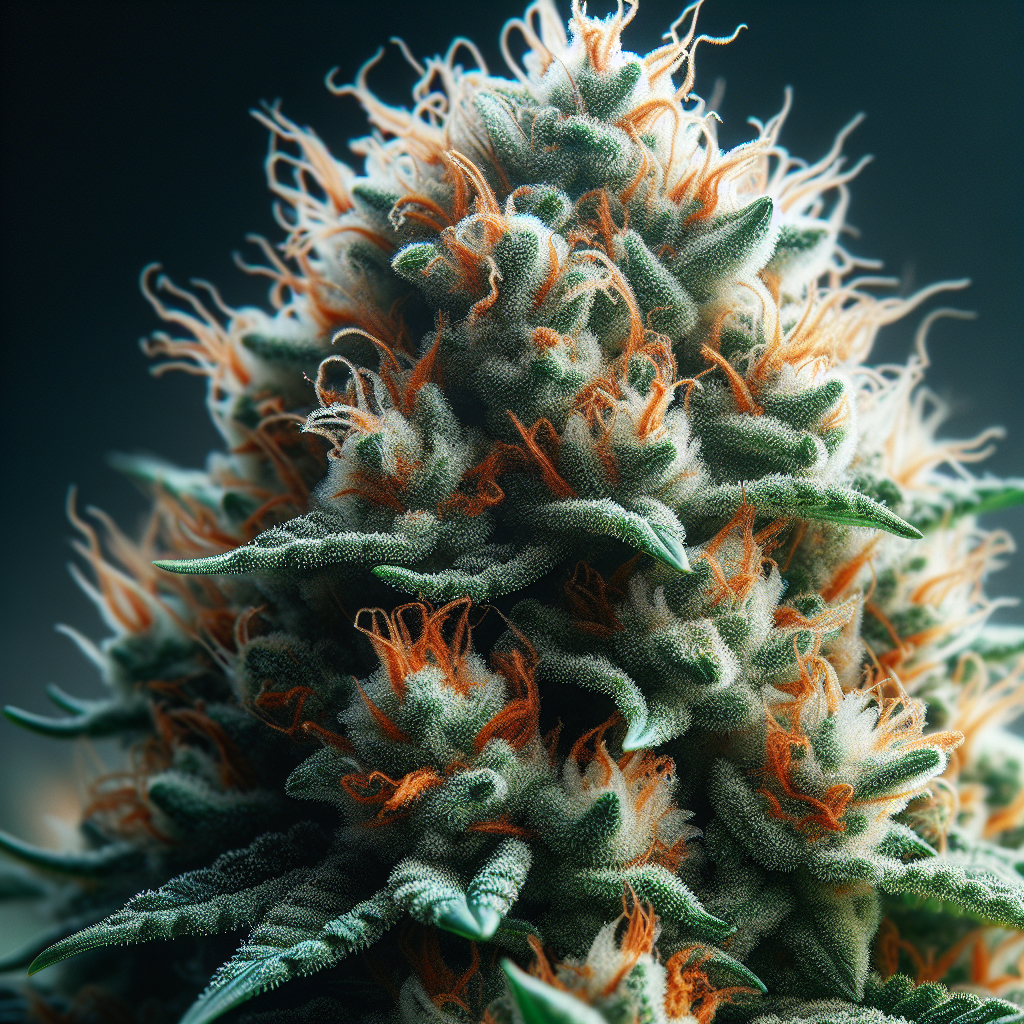Unlocking the Benefits: A Beginner’s Guide to Cannabis Tinctures and Oils
Cannabis has long been heralded for its therapeutic properties, presenting a natural alternative for many individuals seeking relief from various ailments. Among the myriad of consumption methods, cannabis tinctures and oils have gained considerable traction in recent years. This guide aims to uncover the benefits, applications, preparation methods, and tips for using cannabis tinctures and oils effectively.
What Are Cannabis Tinctures and Oils?
Definition
Cannabis tinctures are alcohol-based extracts made from cannabis plants. They typically have a high concentration of cannabinoids, making them a potent option for those seeking the therapeutic attributes of cannabis without the need to smoke or vaporize. These extracts are easily taken sublingually (under the tongue) or added to food and beverages.
Cannabis oils, on the other hand, can refer to various oils infused with cannabis extracts or compounds like CBD (cannabidiol) or THC (tetrahydrocannabinol). Oil extracts come in different forms, including full-spectrum, broad-spectrum, and isolates, depending on the content of other cannabinoids and terpenes in the oil.
Differences Between Tinctures and Oils
While both tinctures and oils offer the benefits of cannabis, there are notable differences:
- Base Ingredient: Tinctures are typically alcohol-based, while oils may use various carrier oils such as olive oil, coconut oil, or hemp seed oil.
- Potency and Duration: Tinctures tend to be more potent in smaller doses due to the alcohol extraction. The effects may also kick in quicker but may not last as long as some oil forms.
- Taste: Tinctures often have a more robust alcoholic taste, whereas oils might taste more palatable, depending on the carrier oil.
Why Choose Tinctures and Oils?
Cannabis tinctures and oils are particularly appealing for several reasons:
- Versatility: They can be consumed directly, mixed into meals, or even baked into products.
- Discretion: Tinctures and oils offer a more subtle means of consumption, making them appropriate for public use.
- Precise Dosing: Many tinctures come with droppers, making it easy to measure exact doses. This level of precision is excellent for those seeking therapeutic benefits.
- Long Shelf Life: Alcohol-based tinctures, in particular, can last for years without significant degradation of quality.
The Benefits of Cannabis Tinctures and Oils
Medicinal Benefits
-
Pain Relief: Many users report significant relief from chronic pain conditions, including arthritis, fibromyalgia, and neuropathic pain. Cannabinoids interact with the body’s endocannabinoid system to modulate pain perception.
-
Anxiety and Stress Reduction: Cannabidiol (CBD), a non-psychoactive compound found in cannabis, has been extensively studied for its anxiolytic (anxiety-reducing) properties. Tinctures and oils rich in CBD may help manage and reduce anxiety levels.
-
Improvement in Sleep Quality: Cannabis has been known to promote better sleep by addressing issues such as insomnia and sleep disturbances. The sedative properties of certain cannabinoids can assist in falling asleep faster and enhancing sleep quality.
-
Anti-Inflammatory Properties: Cannabis tinctures may possess anti-inflammatory properties, which can be beneficial for conditions such as Crohn’s disease, arthritis, and other inflammatory disorders.
-
Appetite Stimulation: For individuals undergoing treatments like chemotherapy, cannabis tinctures can help stimulate appetite, making it easier for patients to maintain nutrition.
- Neuroprotective Effects: Some studies suggest that compounds in cannabis may have neuroprotective benefits, indicating a potential role in treating neurodegenerative diseases like Alzheimer’s and Parkinson’s.
Recreational Benefits
For recreational consumers, cannabis tinctures and oils provide a discreet and convenient means to enjoy the euphoric effects of THC. With precise dosing, users can tailor their experience to their preferences, whether that’s a mild elevation in mood or a more immersive psychoactive experience.
How to Use Cannabis Tinctures and Oils
Dosage Guidelines
One of the biggest challenges with cannabis tinctures and oils is finding the proper dosage. Before starting, consider the following:
- Start Low and Go Slow: For those new to cannabis, starting with a low dose (1-2.5mg of THC or CBD) is crucial. Gradually increase the dosage every few days based on your response.
- Consider the Method of Consumption: Tinctures typically have a quicker onset than edibles, so give it 30–60 minutes after taking a dose before considering taking more.
- Keep a Journal: Documenting your experiences can help refine your dosing and identify what works best for your individual needs.
Methods of Consumption
-
Sublingually: Place the desired amount under your tongue for quicker absorption through the mucous membranes. This method allows cannabinoids to enter the bloodstream more rapidly, resulting in a faster onset of effects.
-
Ingesting with Food or Drinks: Tinctures can be added to food or beverages. However, this method may delay the onset of effects as the cannabinoids must first pass through the digestive system.
- Topically: While not as common for tinctures, specific cannabis-infused oils can be applied topically for localized relief.
Making Your Own Cannabis Tinctures and Oils
How to Make a Tincture at Home
Ingredients Needed:
- High-proof alcohol (like Everclear)
- Dried cannabis of your choice (the ratio may vary, but a typical recommendation is 1 ounce of cannabis per 2 cups of alcohol)
- A glass jar with a lid
- Cheesecloth or a fine mesh strainer
- A dropper bottle for storage
Step-by-Step Process:
-
Decarboxylation: Preheat your oven to approximately 240°F (115°C). Break up the cannabis into chunks and spread it evenly on a baking sheet. Bake for 40-60 minutes to activate the cannabinoids.
-
Combine with Alcohol: Place the decarboxylated cannabis in the glass jar and cover it with alcohol, making sure all the plant material is submerged.
-
Infusion: Seal the jar and place it in a cool, dark environment. Shake it once daily for about 3-6 weeks. The longer it sits, the more potent the tincture.
-
Strain: After the infusion period, strain the mixture through cheesecloth or a fine mesh strainer, ensuring all liquid is extracted.
- Store: Transfer the tincture to a dropper bottle for easy use. Store it in a cool, dark place to maintain its potency.
How to Make Cannabis Oil
Making cannabis oil is a simpler process than tinctures and uses a reputable carrier oil, such as olive oil or coconut oil. Follow these steps to create your own cannabis oil:
Ingredients Needed:
- Decarboxylated cannabis (as prepared in the tincture process)
- Carrier oil of your choice
- A saucepan or crockpot
- Cheesecloth or a fine mesh strainer
- Glass storage jars
Step-by-Step Process:
-
Infuse Cannabis: Combine the decarboxylated cannabis and your chosen carrier oil in a saucepan or crockpot. Use a low setting to prevent burning. Allow the mixture to cook for 2-8 hours, stirring occasionally.
-
Strain: Once finished, strain the mixture through a cheesecloth or a fine mesh strainer, ensuring you extract all the infused oil.
- Store: Transfer the oil into glass jars for storage and keep them in a cool, dark place.
Pro Tips for Using Cannabis Tinctures and Oils
-
Know Your Strains: Different strains produce different effects. Research and consider both the strain’s THC and CBD profiles when selecting the right tincture or oil.
-
Consult with Professionals: If you’re considering using cannabis for specific health conditions, consulting a healthcare professional experienced in cannabis therapies can provide valuable insights and personalized dosage recommendations.
-
Experiment with Recipes: Use tinctures and oils in cooking, baking, or creating beverages. Experimenting can lead to delightful culinary experiences while reaping the benefits of cannabis.
- Maintain Quality: To ensure your tincture or oil remains potent, store them in dark glass containers away from heat and light.
Safety Considerations and Side Effects
While cannabis tinctures and oils are generally safe for most users, there are some considerations:
-
Psychoactive Effects: Keep in mind that products high in THC can result in psychoactive effects, so be cautious about when and where you use them.
-
Interactions With Medications: Cannabis can interact with certain medications. If you are on any prescribed meds, consult your healthcare provider before starting cannabis.
-
Side Effects: Possible side effects may include dry mouth, fatigue, altered mental state, and mild dizziness. If you experience any adverse effects, it’s usually best to decrease your dosage.
- Legal Considerations: Always check local and state regulations regarding the use of cannabis products to ensure compliance with the law.
Conclusion
Cannabis tinctures and oils have emerged as significant players in the world of cannabis consumption, offering an accessible means to harness the plant’s extensive benefits. With flexibility in dosing and various therapeutic properties, both novices and seasoned users alike can find a method that suits their needs. As with any medicinal product, being informed and cautious will empower you to unlock the advantages of cannabis responsibly.
FAQ Roundup
1. What are the main differences between cannabis tinctures and oils?
Cannabis tinctures are alcohol-based extracts, while oils typically use carrier oil. Tinctures may have a stronger potency in lower doses and are absorbed quicker.
2. How do I find the right dosage?
Start with a low dose (1-2.5mg of THC or CBD) and gradually increase every few days until you find what works for you. Keeping a journal can help track your ideal dosage.
3. Can I use tinctures and oils in cooking?
Yes, cannabis tinctures and oils can be added to foods and beverages. However, keep in mind that the onset may be delayed compared to sublingual consumption.
4. What are the side effects of cannabis tinctures and oils?
Common side effects may include dry mouth, fatigue, dizziness, and alterations in mental state. Consult with your healthcare provider if you experience significant issues.
5. How should I store my cannabis tincture or oil?
Keep your cannabis tincture or oil in a dark glass container away from heat and light to maintain their potency.
6. Are there any interactions with medications?
Yes, cannabis can potentially interact with various medications. Always consult your healthcare provider if you take other medications.
7. Can I make my own tinctures or oils at home?
Definitely! Follow the proper preparation methods, such as decarboxylation and infusion, to make your own cannabis tinctures or oils.
8. Is cannabis tincture safe for beginners?
Yes, cannabis tinctures can be safe for beginners, provided you start with low doses and increase gradually while monitoring your body’s response.
By understanding the uses, benefits, and preparation of cannabis tinctures and oils, you can take the first steps toward enhancing your wellness journey responsibly and effectively.





